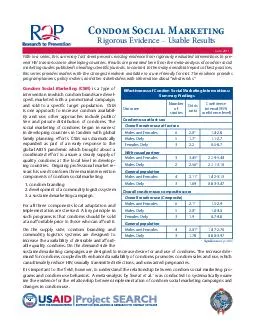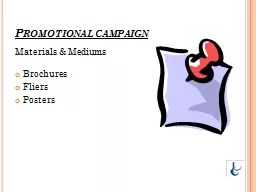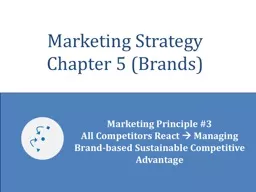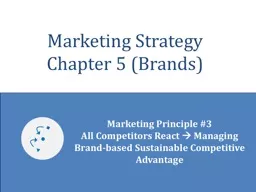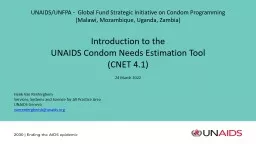PDF-Condom Social Marketing CSM is a type of intervention in which condom brands are devel
Author : min-jolicoeur | Published Date : 2015-03-15
CSM is one approach to increase condom availabil ity and use other approaches include public free and private distribution of condoms The social marketing of condoms
Presentation Embed Code
Download Presentation
Download Presentation The PPT/PDF document "Condom Social Marketing CSM is a type of..." is the property of its rightful owner. Permission is granted to download and print the materials on this website for personal, non-commercial use only, and to display it on your personal computer provided you do not modify the materials and that you retain all copyright notices contained in the materials. By downloading content from our website, you accept the terms of this agreement.
Condom Social Marketing CSM is a type of intervention in which condom brands are devel: Transcript
Download Rules Of Document
"Condom Social Marketing CSM is a type of intervention in which condom brands are devel"The content belongs to its owner. You may download and print it for personal use, without modification, and keep all copyright notices. By downloading, you agree to these terms.
Related Documents

